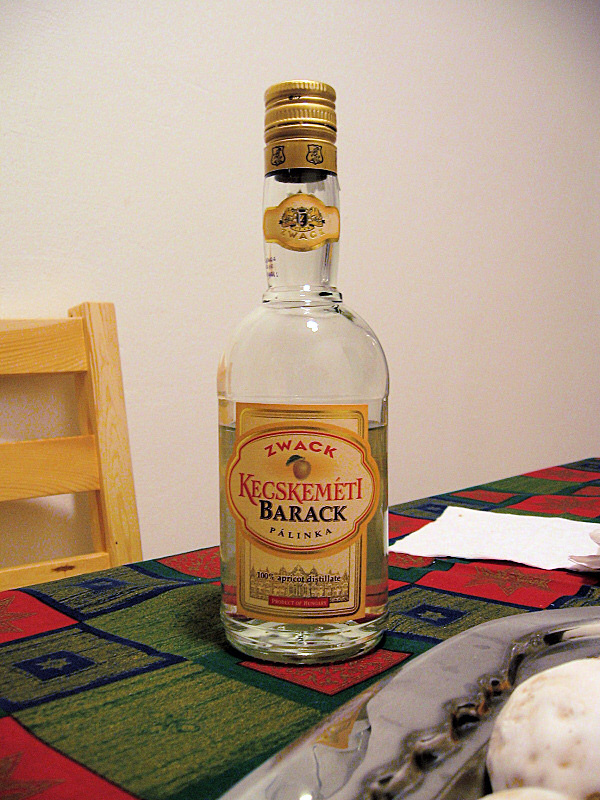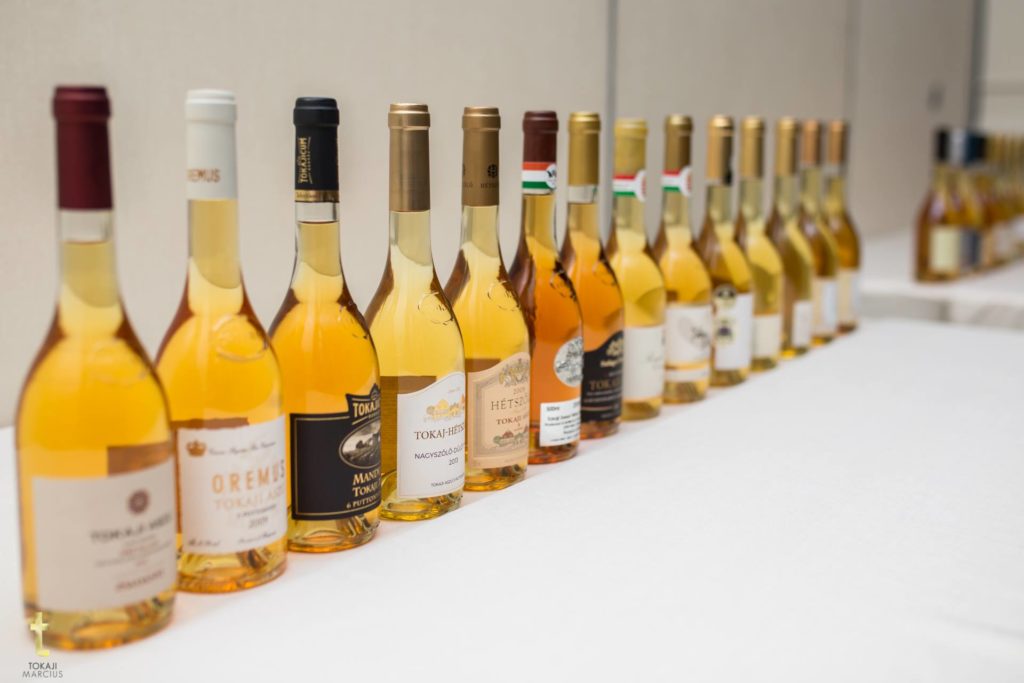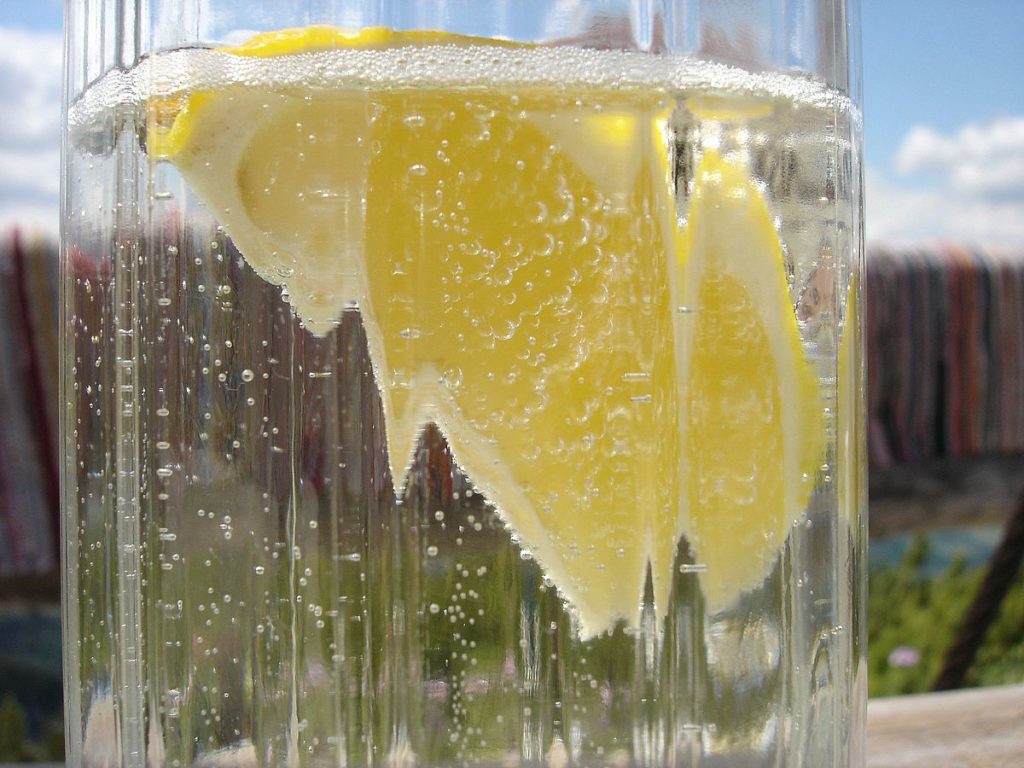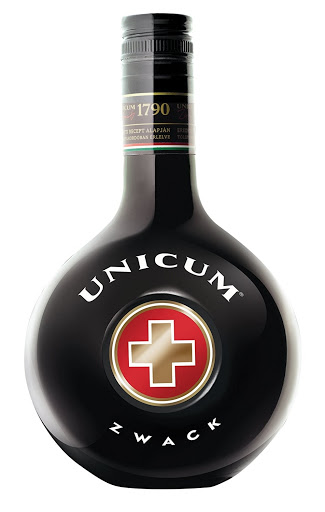
Pálinka

Pálinka is a traditional fruit brandy in Central Europe with origins in Hungary, known under several names, and invented in the Middle Ages. Protected as a geographical indication of the European Union, only fruit spirits mashed, distilled, matured and bottled in Hungary, and similar apricot spirits from four provinces of Austria can be called “pálinka”, while “Tótpálinka” refers to wheat derived beverages. Törkölypálinka, a different product in the legal sense, is a similarly protected pomace brandy that is commonly included with pálinka. While pálinka may be made of any locally grown fruit, the most common ones are plums, apricots, apples, pears, and cherries.
Hungarian Wines

The best-known Hungarian wine is Tokaj, which has been known as the “King of Wines and Wine of Kings” for hundreds of years. The most valuable species is Tokaji aszú, which is the more valuable the more puttones are added to the wine – the late-harvested, honey-sweet grape fruit. Szamarodni Tokaj is also very popular, as it can be sweet, semi-sweet and dry. Hungarian red wines come from the regions of Eger, Szekszárd and Pécs, the most important representatives are: Egri bikavér, Medoc noir, Villányi burgundy and oportó. Of the white wines, perhaps the best known are those from the Lake Balaton region, made from grapes taken from vineyards located on volcanic hills. These are: Badacsonyi rizling, Badacsonyi szürkebarát, Kéknyelű. Wines from the foothills of Matra, such as Abasári rizling, are also liked.
Fröccs

Wine with soda, in Hungary called fröccs, carries with it the whole philosophy of names and proportions:
Fröccs is a drink made from mixing white wine with soda. Depending on the proportion, we distinguish between nagyfröccs (large fröccs, 2 dl wine, 1 dl water), hosszú lépés (long step, 1 dl wine, 2 dl water), kisfröccs (small fröccs, one deciliter of wine and water) and házmester ( caretaker, 3 liters of wine, 2 liters of water), viceházmester (deputy master, 2 liters of wine, 3 liters of water) and lakófröccs (lodger fröccs) consisting of 1 liters of wine and 4 liters of water. Recently, apple fröccs has appeared, consisting of two parts apple juice and one part soda water.
First of all, the water must be carbonated, because it is in the bubbles that the whole secret of the freshness of the springer is. In addition, soda water emphasizes the taste of wine. Secondly, temperature is important. Szprycer must be very chilled. In addition, the water temperature must be at the same temperature as the wine.
Unicum

Unicum is the most famous Hungarian liqueur in the world. It was created in 1790 by József Zwack, who was the court physician of Emperor Józef II Habsburg. It was the emperor who tasted the liqueur and gave it the name unicum. The recipe of the liqueur is a closely guarded secret, it is only known that it contains about 40 different herbs, which apparently can be found in the Pannonian Plain. Unicum is an excellent digestif. The taste is bitter-sweet, we can smell roasted wood, coffee, cinnamon and herbs. Its consistency is thick, sticky and dark brown in color.
The cola-wine
Cola-wine is basically red wine mixed with cola, and it is often the drink with which teenagers ‘get used to’ drinking wine, as the sugary cola masks the taste of alcohol and of cheap red wine.
Törley
Törley is the leading sparkling wine producer in Hungary. It was founded by József Törley in 1882 in Budafok and over the course of the following years became one of the leading sparkling wine producers in Europe.
Macum
Macum is an original alcohol curiosity, because it is a combination of palinka and poppy. Although the name indicates more about the relationship with Unicum, except for the dark color and usually bulky – although in the photo you have a square – a bottle, nothing connects them.
Hungarian Beer
Beer in Hungary has been brewed for well over a thousand years and the country has a significant history of commercial beer production. There are a few established Hungarian beers widely available; Arany Ászok and Soproni, both similar bitter pilsner-style golden lagers, are among the most common and popular Hungarian beer brands.



